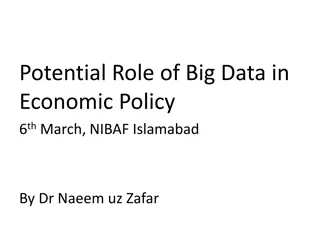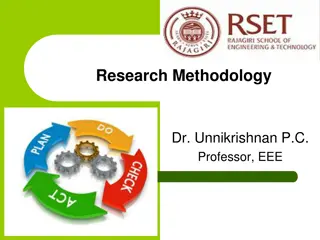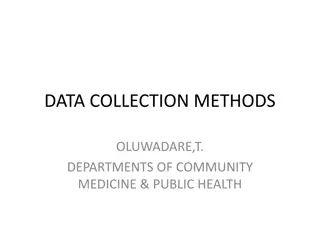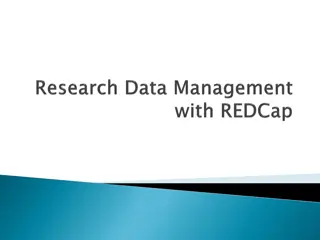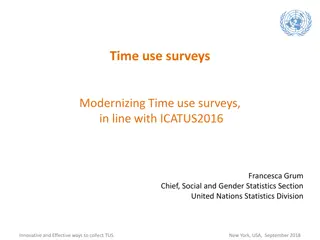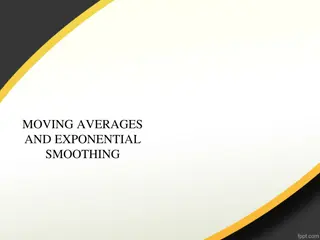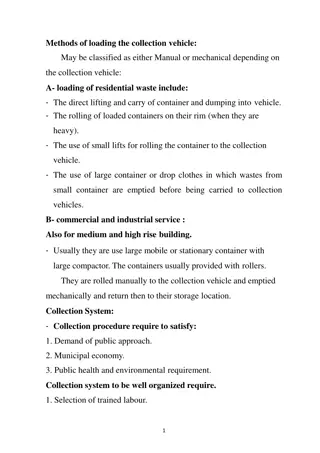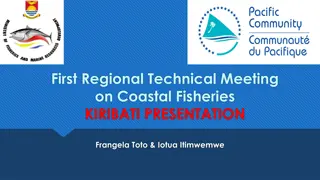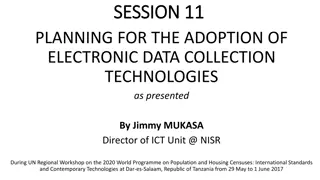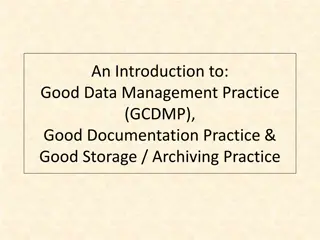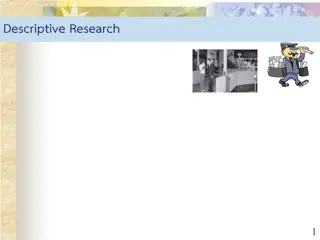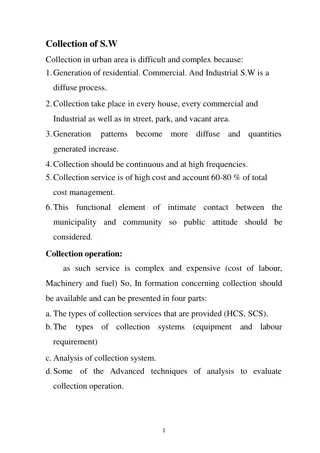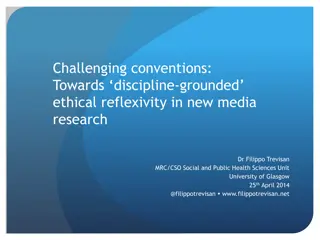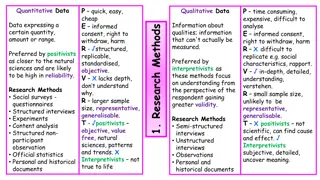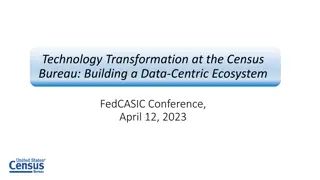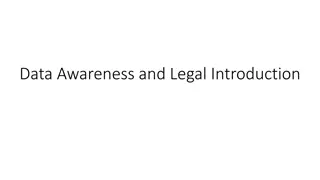Extant Data Collection: Methods and Challenges in Online Research
This chapter delves into the collection of extant data online, exploring different types of data, modes of collection, and the researcher's role. It covers materials analysis, unobtrusive observation, challenges such as incomplete records and biased data, and the nuances of online observation methods. The chapter provides insights on leveraging extant data for research purposes and highlights the importance of understanding the context and reliability of online materials.
Download Presentation

Please find below an Image/Link to download the presentation.
The content on the website is provided AS IS for your information and personal use only. It may not be sold, licensed, or shared on other websites without obtaining consent from the author. Download presentation by click this link. If you encounter any issues during the download, it is possible that the publisher has removed the file from their server.
E N D
Presentation Transcript
Chapter 7 COLLECTING EXTANT DATA ONLINE Janet Salmons, PhD
OBJECTIVES After reading and reflecting on Chapter 7, you will be able to: Distinguish between types of extant data. Explain modes of collecting extant data and the position and role of the researcher in planning and conducting research using extant data. Analyze ways in which extant data might be employed to achieve the purpose of the study. Consider how decisions made about the type of data collection relate to other design decisions for the online study.
TWO MAIN TYPES OF EXTANT DATA COLLECTION Materials Analysis Unobtrusive Observation Access, download and review visual, media as well as written materials. Observe online activities without interacting with participants.
TWO MAIN TYPES OF EXTANT DATA COLLECTION Materials Analysis Unobtrusive Observation Materials found online = data Field notes by researcher = data
MATERIALS ANALYSIS What kinds of materials fit your study? Historical materials. Materials from the pre- Internet era scanned into digital formats and posted online or in institutional archives. Contemporary materials. Materials described as contemporary are those created for electronic access. Emergent materials. Materials described as emergent are those being created now in current discussions.
MATERIALS ANALYSIS CHALLENGES Incomplete or missing records. Particularly when using digitized records, there may be gaps in the materials that have been scanned and/or uploaded. Biased data. The purpose of the researcher is not the purpose of the organization or site and materials may be presented in a way that showcases success and that obscures challenges, shortcomings or conflict. Users may post more exaggerated positions or complaints. Intentional incompleteness. Materials, especially those posted on the public web, may omit financial or other information critical to understanding the entire story.
UNOBTRUSIVE OBSERVATION Researchers positions, presence and roles vary in these types of observations. When would each be appropriate? Why? Unobtrusive observationto collect extant data containing no personally identifiable information or look for patterns in such posts on websites, blogs or microblogs, or in interactions on discussion groups. In this form of observation, the researcher does not ask questions, make posts or otherwise get involved in interactions with the online community, group, or social networking site. Members of the group being observed do not know that observation is occurring. Open observation to collect data using observational methods in settings where participants are aware of the study and have given consent. Participant observation to collect data that includes extant and elicited types of data as well as the researchers own field notes on reflections, experiences or interactions with other participants. The researcher is a participant in the study.
TRIANGULATION: USING EXTANT DATA IN MULTIMETHOD STUDIES Overcome limitations inherent in extant data by mixing with other methods. This sequence begins with interviews to shape observations and focus materials collection, then close with an interview where the researcher can gain perspectives and clarification on emerging themes.
USING EXTANT DATA WITH ELICITED METHODS This sequence begins with observations and review of materials to gain a solid foundation before interviewing a select few key players in the group or community.
COLLECTING DATA ONLINE & THE QUALITATIVE eRESEARCH FRAMEWORK While the researcher may be deeply engaged with the activities associated with data collection, it is important to remember how this phase fits into the overall inquiry.

 undefined
undefined




